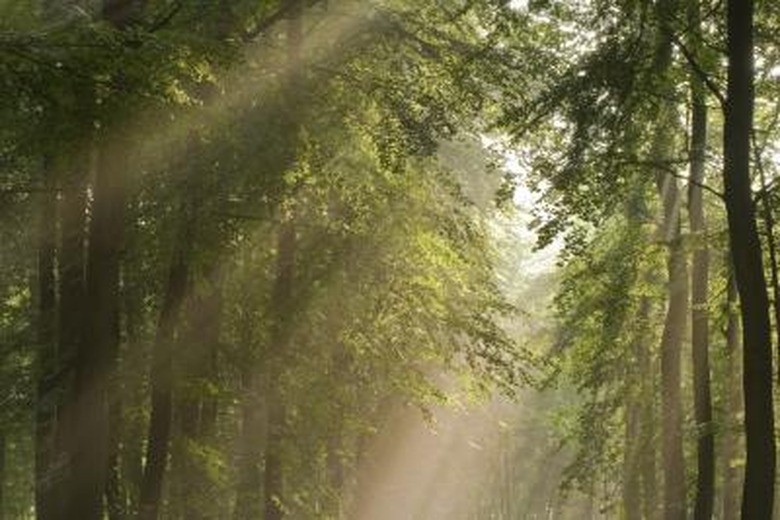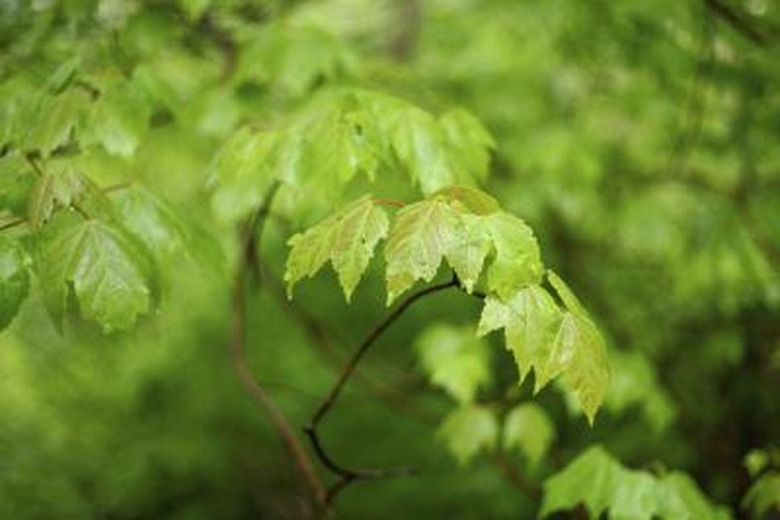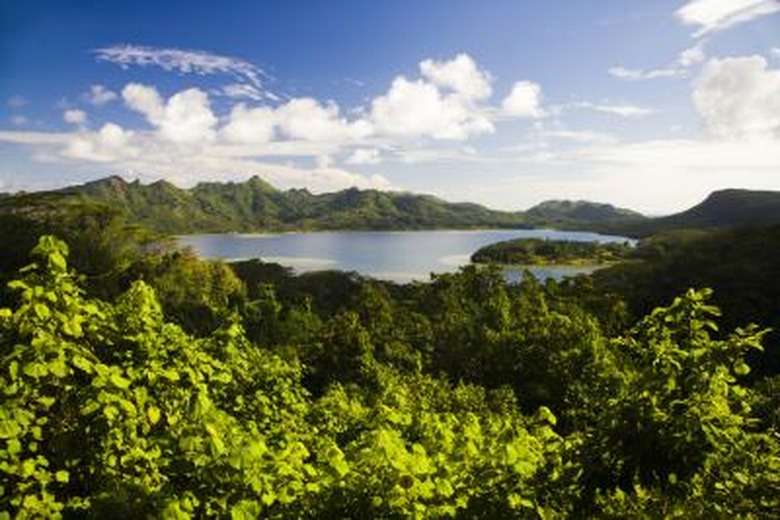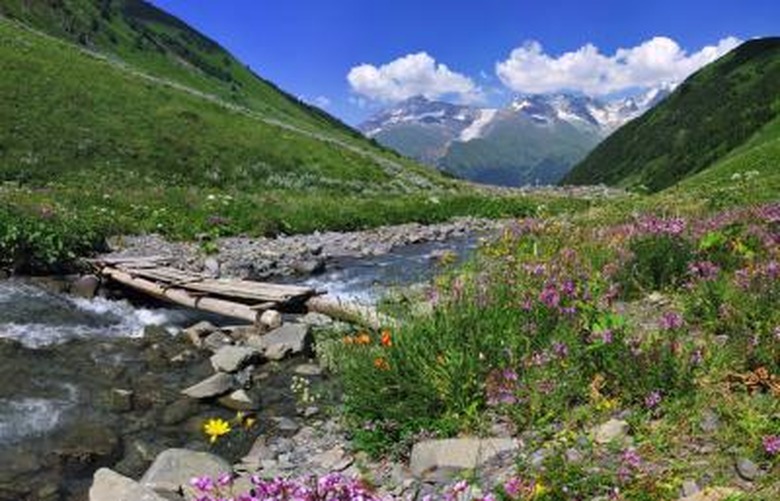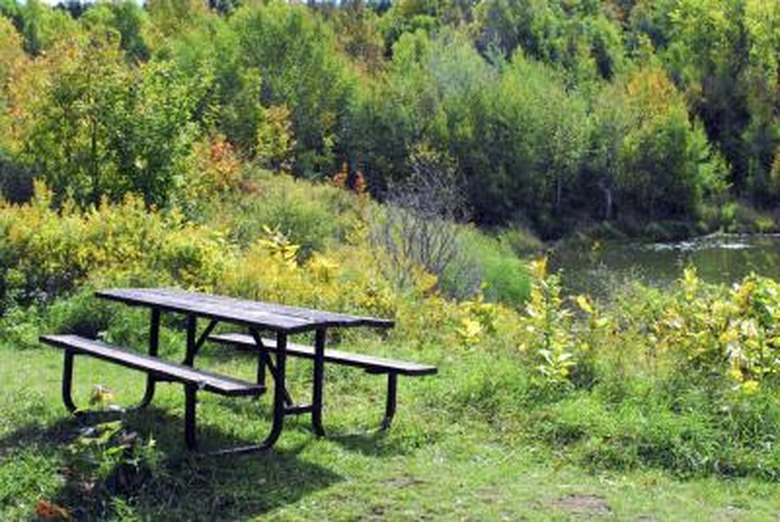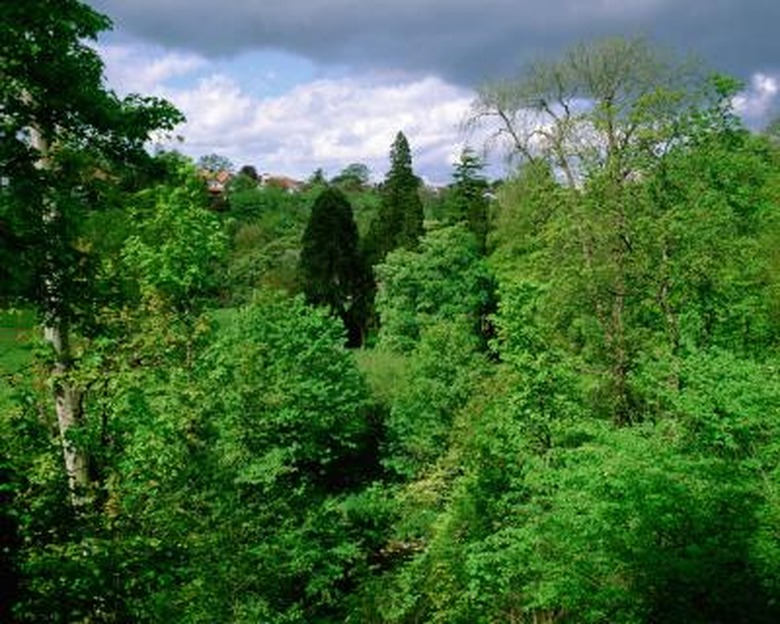Temperate Woodland & Shrubland Flowers
The name "temperate" is deceiving in that temperate climates experience a wide range of temperature fluctuations with seasonal variations. Thus, the flowers of woodlands and shrubland must be able to tolerate extremes in temperature in order to survive. Temperate regions typically have a growing season of about 140 to 200 days, giving woodland and shrubland plants plenty of time to grow and produce flowers.
Classification
Classification
The USDA hardiness zone map classifies temperate woodland and shrubland flowers based on the lowest temperature which they can tolerate. The USDA hardiness zone map shows temperature extremes of minus 30 degrees F for these areas to zone 4. So while the typical climate may be mild, plants of these ecosystems must cope with the extremes of the environments in which they live.
Adaptations
Adaptations
Flowers of these regions developed adaptations to help them cope with the fluctuations in climate and temperature. When water supplies are low, the plants will slow or even cease food production in an effort to conserve resources. Plants may also be slow to flower if resources are limited. As unlikely as it may seem, plants of temperate climates are so well adapted to their climates that they need a period of vernalization or period of low temperatures in order to initiate plant germination and flowering.
Woodland Flowers
Woodland Flowers
Woodlands are composed of three distinct layers of vegetation: canopy, understory and forest floor. Examples of woodland flowers include the yellow-orange flowers of the tulip tree found in the forest canopy. Understory flowers include the fragrant flowers of the honeysuckle and the striking pink-red flowers of the redbud tree. During the spring, the forest floor includes a beautiful selection of spring wildflowers which take advantage of the leafless canopy. Examples include bloodroot, wood anemone and the common violet.
Shrubland Flowers
Shrubland Flowers
Shrubland plants have a competitive advantage over trees in that they have more mass underground in their root networks, protected from the environmental stresses found above ground. Generally, a shrub is a multi-stemmed plant which grows less than 25 feet in height. Examples of flowering shrubs include dogwood, hawthorn, and blackberry, all of which are important food sources for game populations.
Threats
Threats
According to the United Nations Earthwatch, nearly half of the native forests of the planet have been lost. Temperate shrubland, likewise, faces similar threats. About 20 percent of the land cover of the lower 48 states exists as shrubland, but environmental pressures such as grazing have degraded the existing habitat. If these habitats are stressed, plants and shrubs are unlikely to flower. In order to protect woodland and shrubland flowers, the habitat must be protected. Only then will you be able to enjoy the splendor of these flowers.
References
- University of California: The Forest Biome
- "Ecology and Field Biology;" Robert Leo Smith; 1990
- "Plant Physiology;" L. Taiz and E. Zeiger; 1991
Cite This Article
MLA
Rogers, Chris Dinesen. "Temperate Woodland & Shrubland Flowers" sciencing.com, https://www.sciencing.com/temperate-woodland-shrubland-flowers-6367537/. 22 November 2019.
APA
Rogers, Chris Dinesen. (2019, November 22). Temperate Woodland & Shrubland Flowers. sciencing.com. Retrieved from https://www.sciencing.com/temperate-woodland-shrubland-flowers-6367537/
Chicago
Rogers, Chris Dinesen. Temperate Woodland & Shrubland Flowers last modified March 24, 2022. https://www.sciencing.com/temperate-woodland-shrubland-flowers-6367537/
